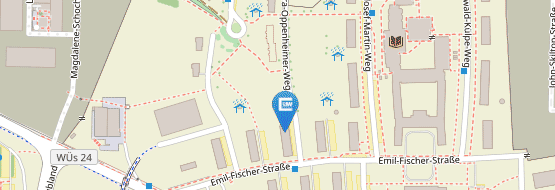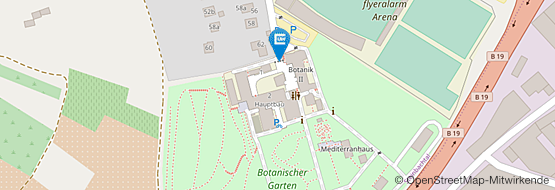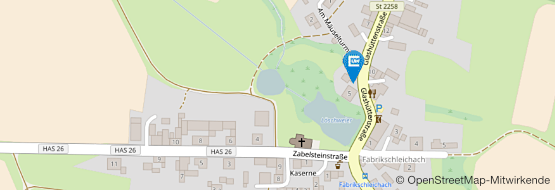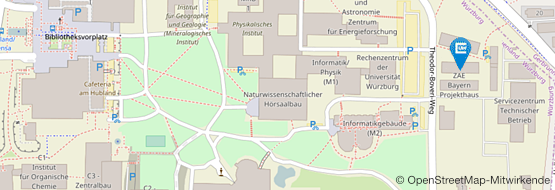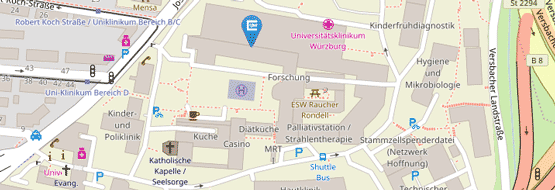Szalay, Aladár, Prof. Dr.
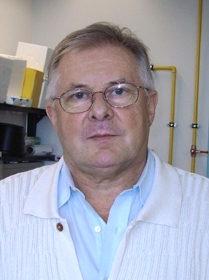
Prof. Dr. Aladár Szalay
Phone:
+49 931 - 31 84410
E-mail:
szalay@biozentrum.uni-wuerzburg.de
Room:
B110a
Curriculum vitae
Name | Prof. Dr. Aladár Szalay |
| |||||
Position | Professor | ||||||
Affiliation
| Chair of Biochemistry, Theodor-Boveri-Institute at the Biocentre | ||||||
| |||||||
|
|
| |||||
Career | 1966 | M.S. Biochemistry, Institute of Biochemistry, Martin Luther University, Halle/Saale, Germany | |||||
| 1971 | Ph.D. Biochemistry, January 1971, Institute of Biochemistry, Martin Luther University, Halle/Saale, Germany | |||||
| 1972-1973 | Research Scientist, Biological Res. Center Hungarian Academy of Sciences Szeged, Hungary | |||||
| 1973-1975 | Gosney Research Fellow, California Institute of Technology Pasadena, CA, USA | |||||
| 1975-1977 | Research Associate, California Institute of Technology Pasadena, CA, USA | |||||
| 1962-1977 | Adjunct Professor, Division of Biological Sciences, Cornell University, Ithaca, New York, USA | |||||
| 1977-1988 | Associate Biochemistry Group Leader in Molecular Biology, Boyce Thompson Institute, Cornell University Ithaca, NY, USA | ||||||
| 1988-1995 | Endowed Chair Professor, University of Alberta Edmonton, Alberta, Canada | ||||||
| 1993-1998 | Professor of Microbiology and Molecular Genetics, Director of Molecular Biology and Gene Therapy Center, School of Medicine, Loma Linda University, Loma Linda, CA, USA | ||||||
| 1998-2003 | University Professor of Biochemistry, School of Medicine Loma Linda University, Loma Linda, CA, USA | ||||||
| since 2001 | President & CEO, Chairman of the Board of Directors, Founder Genelux Corporation, San Diego, CA, USA | ||||||
| since 2003 | University Professor, Virchow Center for Experimental Biomedicine, Institute for Biochemistry and Institute for Molecular Infection Biology, University of Würzburg, Germany | ||||||
| since 2009 | Professor, Department of Radiation Oncology, Rebecca and John Moores Comprehensive Cancer Center, University of California, San Diego, CA, USA | |||||
|
|
| |||||
|
|
| |||||
Research Fields |
luciferase and fluorescent proteins | ||||||
|
| ||||||
Selected Awards | 1960-1972: Fellowship of Hungary (Distinguished Undergraduate Fellowship of Hungary) | ||||||
Selected Publications
Haddad D, Chen NG, Zhang Q, Chen CH, Yu YA, Gonzalez L, Carpenter SG, Carson J, Au J, Mittra A, Gonen M, Zanzonico PB, Fong Y, Szalay AA (2011): Insertion of the human sodium iodide symporter to facilitate deep tissue imaging does not alter oncolytic or replication capability of a novel vaccinia virus. J Transl Med 9: 36.
Frentzen A, Yu YA, Chen N, Zhang Q, Weibel S, Raab V and Szalay AA (2009): Anti-VEGF single chain antibody GLAF-1 encoded by oncolytic vaccinia virus significantly enhances therapy in colonized tumor xenografts. PNAS 106: 12915-20.
Brader P, Stritzker J, Riedl CC, Zanzonico P, Cai S, Burnazi EM, Ghani ER, Hricak H, Szalay AA, Fong Y and Blasberg R (2008): Escherichia coli Nissle 1917 facilitates tumor detection by positron emission tomography and optical imaging. Clin Cancer Res 14(8): 2295-302.
Weibel S, Stritzker J, Eck M, Goebel W and Szalay AA (2008): Colonization of experimental murine breast tumours by Escherichia coli K-12 significantly alters the tumour microenvironment. Cell Microbiol 10(6): 1235-48.
Yu YA, Shabahang S, Timiryasova TM, Zhang Q, Beltz R, Gentschev I, Goebel W and Szalay AA (2004): Visualization of tumors and metastases in live animals with bacteria and vaccinia virus encoding light-emitting proteins. Nat Biotechnol 22(3): 313-20.
Dietrich G, Bubert A, Gentschev I, Sokolovic Z, Simm A, Catic A, Kaufmann SH, Hess J, Szalay AA and Goebel W (1998): Delivery of antigen-encoding plasmid DNA into the cytosol of macrophages by attenuated suicide Listeria monocytogenes. Nat Biotechnol 16(2): 181-5.
Escher A, O'Kane DJ, Lee J and Szalay AA (1989): Bacterial luciferase alpha beta fusion protein is fully active as a monomer and highly sensitive in vivo to elevated temperature. Proc Natl Acad Sci USA 86(17): 6528-32.




